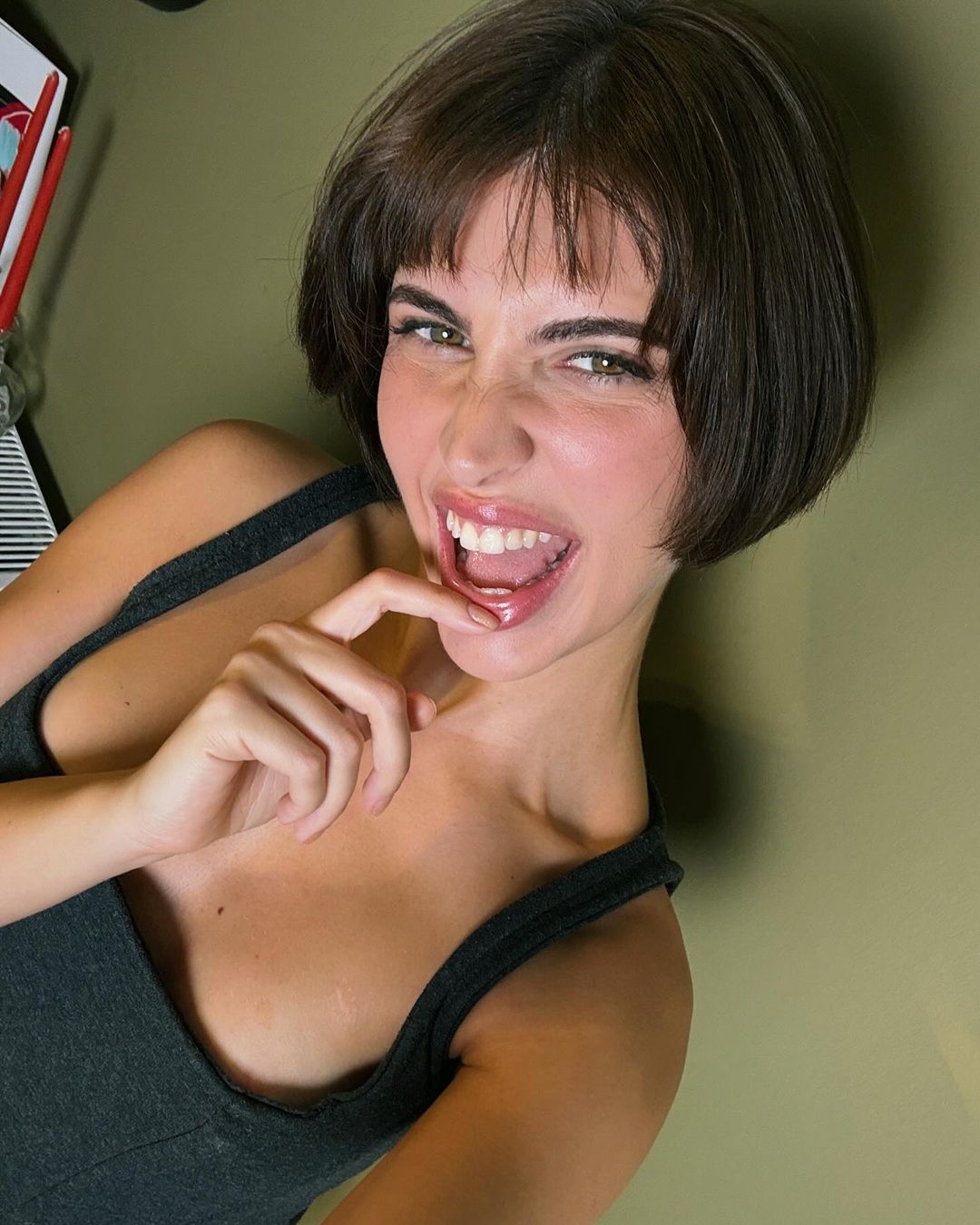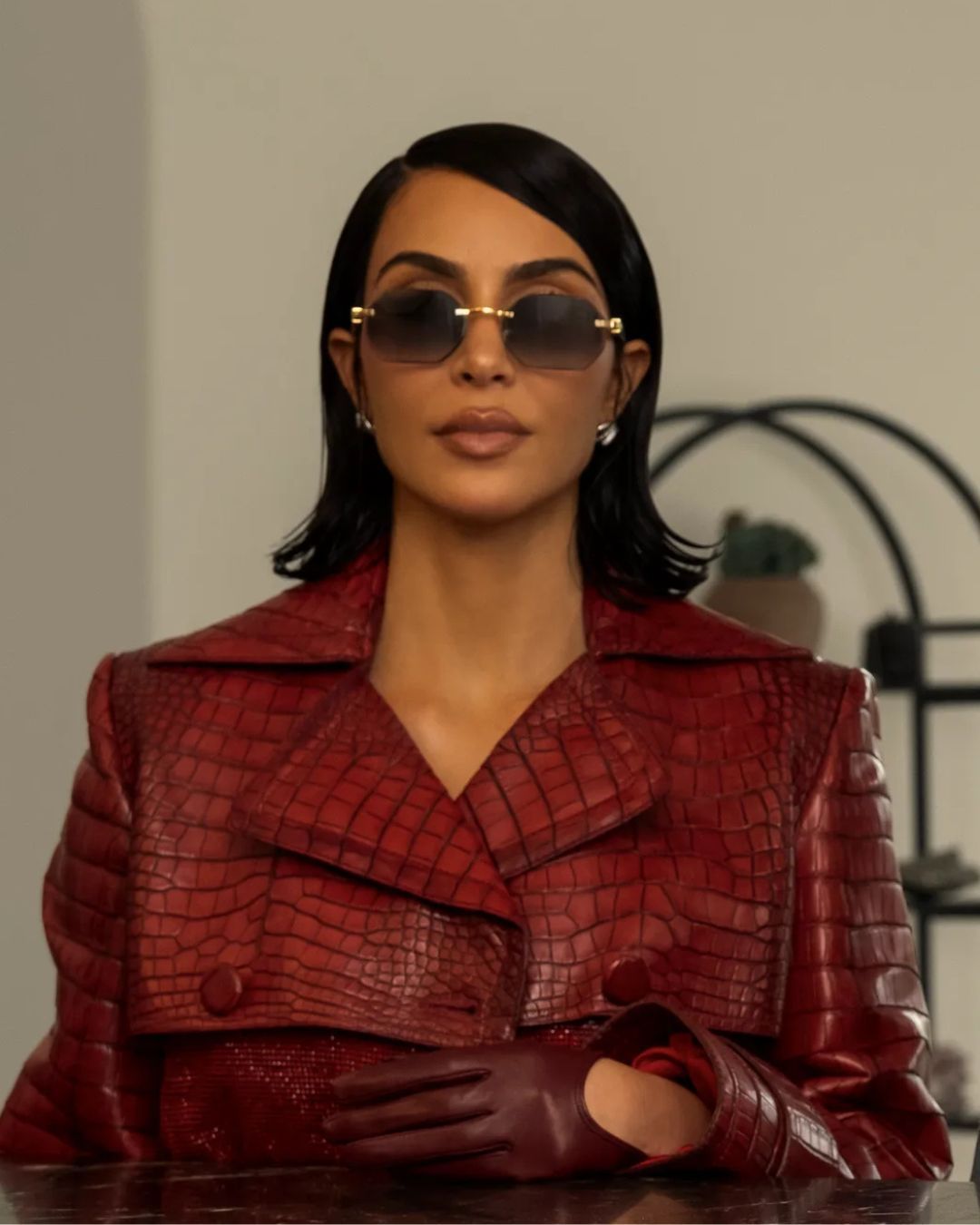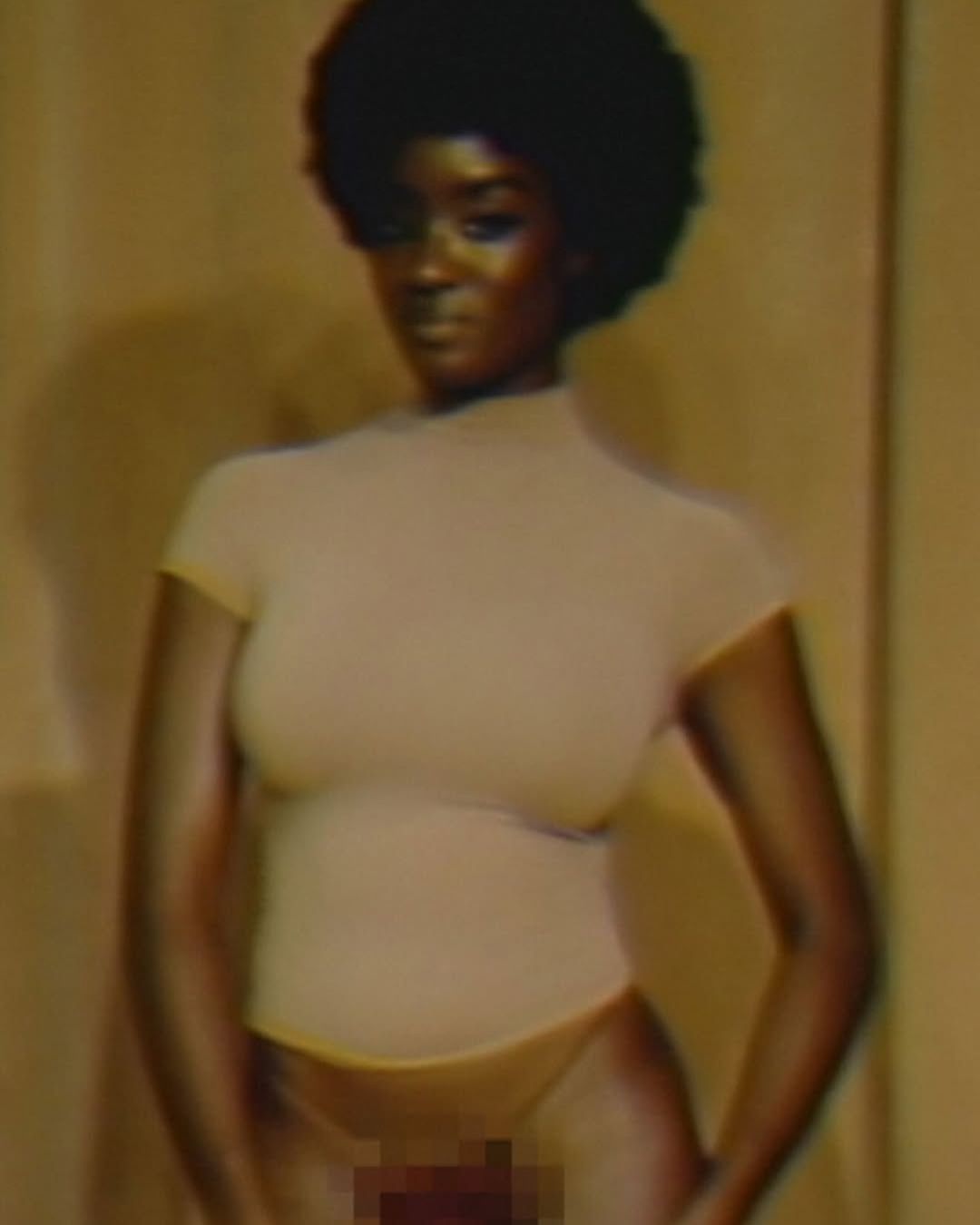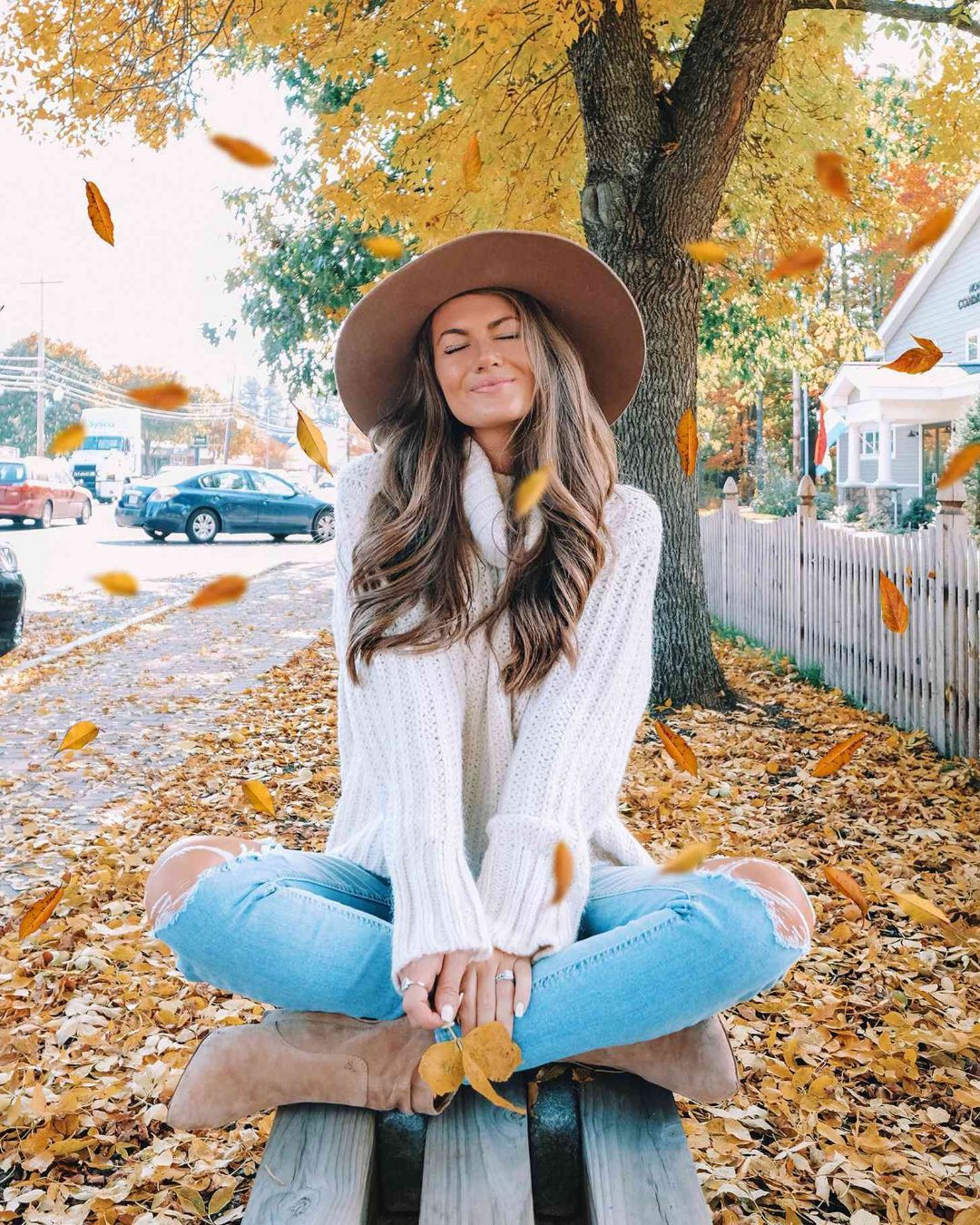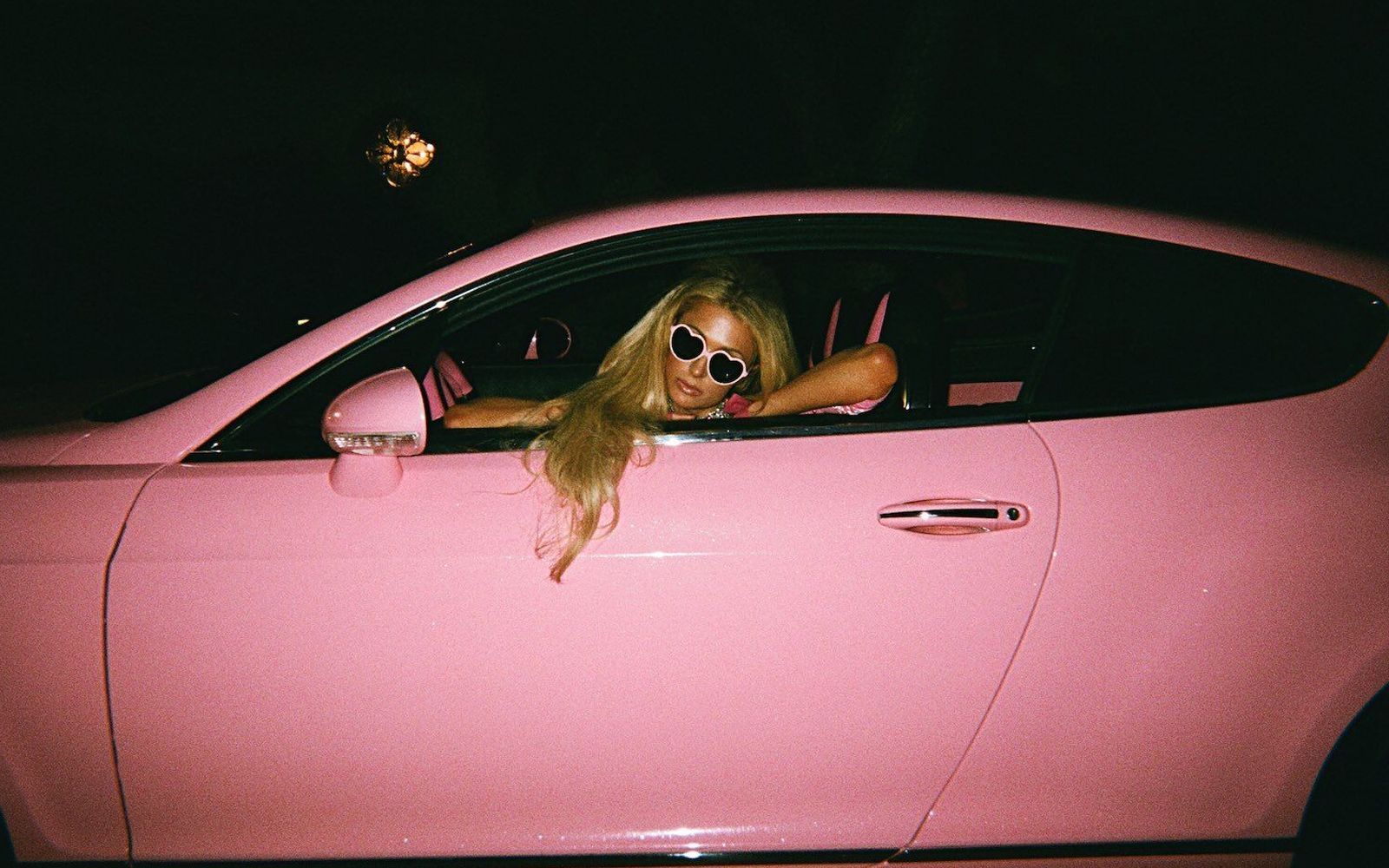
The inclusive movement of hyper feminine aesthetics Why we are no longer afraid to wear pink
Barbie is the muse of 2022. It may be the wait for the live action starring Margot Robbie, the effect of the Valentino Pink PP Collection, Kim Kardashian's girly turn, nostalgia for the early 2000s or the post-pandemic desire to embrace more polished and feminine looks, but the Barbiecore aesthetic and pink are having an unexpected moment of popularity. Beware though, because the new pink revolution takes the stereotypical idea of the blonde, white, snooty, superficial doll chick who has no other interests outside of lip gloss and swaps it for inclusive and joyful feminism capable of combining shades of eye shadow, emancipation and the freedom to be and dress as one wishes. Even taking inspiration from a doll created over 60 years ago.
In the beginning, there were Marilyn Monroe, Jayne Mansfield and Dolly Parton, complex, beautiful and successful women characterized by a well-groomed image and bursting sexuality who, in order to assert themselves in a world dominated by men, played explicitly with the stereotype of 'dumb blondes' and were therefore snubbed by a generation of feminists who, exasperated by centuries of patriarchy, saw in their way of being a sort of bow to the evil gaze. Then came Paris Hilton and Nicole Richie. With their matchy-matchy chenille jumpsuits, gloss, glitter, non-stop partying, billionaire bank accounts and skinny physiques they continued to give us a distorted idea of hyper-femininity, which we perceived as unattainable and wrong or, better still, they made us feel wrong, inadequate. Like Lindsay Lohan, high-school newcomer, who was snubbed by the Mean Girls: never thin enough, trendy enough, perfumed enough. Maybe that's why it was easier to keep on branding as silly, intellectually inferior, the kind of girls an emancipated and intelligent chick would never want to embody, the same one that Pink mocked in her manifesto hit Stupid Girls and that a few years later would find its natural counterpart in the girlboss era. Sophia Amoruso didn't care about being perfectly shaved and made-up, she was above these "trivialities" and yet she was successful and her own boss.
Today things are different. The era of the girlboss is over, Marilyn is back to being cool, Barbie is the new style icon and we all recognize the impact of Paris Hilton and Kim Kardashian on a billion-dollar industry and the credit they deserve for turning their lifestyle into an empire. Add years of battles for emancipation and inclusion, a certain nostalgia for the past, in particular for the Y2K aesthetic, and thanks to TikTok, where hashtags like #bimbocore and #barbiecore accumulate more than 28 million and 7.4 million views, an increasing number of women have begun to emerge who, bucking the trend of the past, have returned to exploring hyper-femininity as an act of resistance against a culture that has considered anything remotely feminine weak (Elle Woods docet?). It is enough to deny oneself the pleasure of wearing pink, prissy or sexy clothes to be taken seriously by men, and it is also enough to adhere to impossible standards. It is right and even liberating to choose the things you really like, regardless of how society sees you. For many creators who embrace this style, such as Chrissy Chlapecka and Hikari Fleurr, being hyper-feminine and celebrating the Barbie style emphasizes the empowerment of women without the toxic baggage that has long been associated with that world. An opinion also shared by @dreamingofdior who reiterates how the Y2K and girly-girl aesthetic of 2022 is about taking the best and most fun aspects of 2000s fashion and making it as inclusive for everyone as it wasn't back then. That's right, because the new hyper-feminine trend that the Barbie movie is making increasingly popular and, it also draws from drag and queer culture, doesn't want us all white, skinny, blonde and blue-eyed. Barbiecore infects people of different sizes, queer, trans and non-binary and inspires an entire generation to enjoy their hot pink pumps, eye-gem and fruit gloss in peace. tta.
So even celebrities are adapting and taking inspiration from the first images that arrived from the set of the Barbie film. For the launch of the documentary Life in Pink, dedicated to her life, Machine Gun Kelly and Megan Fox showed up with perfectly matchy-matchy pink hair, paired for MGK with a pink and blue Chet Lo crop top with white trousers and for Megan with a Nensi Dojaka dress. The following day, Megan continued her Barbie-inspired look with a metallic outfit by The Andamane, paired with a mini bag with crystals by L'Alingi. Barbie and the pink revolution also struck a chord with Kim Kardashian, who replaced black Balenciaga lycra earlier this month with pantaboots, shorts and dresses in various shades of pink, from powder to fuchsia. The same shade as Khloé Kardashian's lurex bikini or the dresses, both by Valentino, sported a few months ago by Lizzo and Dua Lipa, by Simone Ashley at the BAFTAs and by Sebastian Stan at the Met Gala aka #machopink.



















































